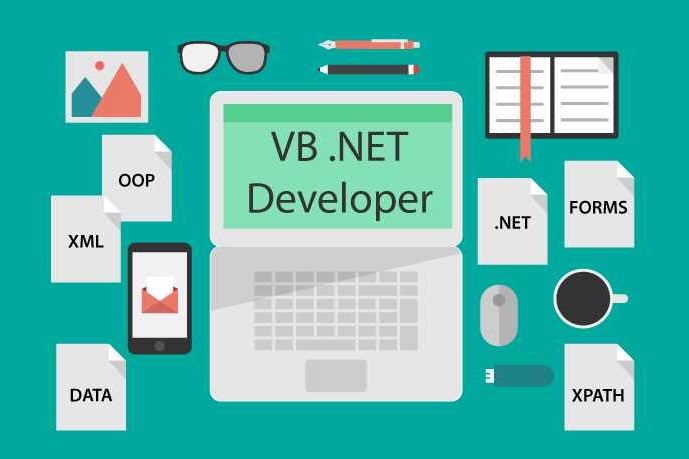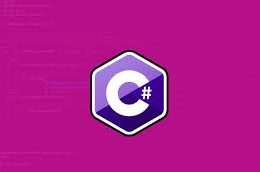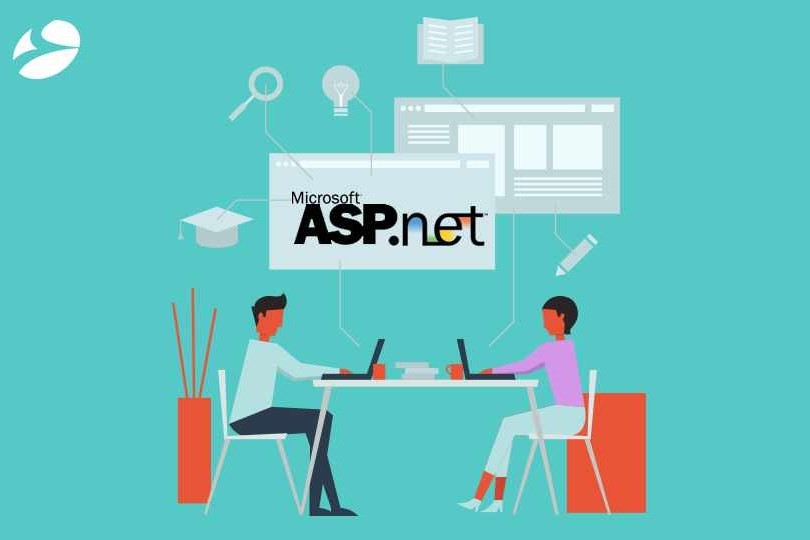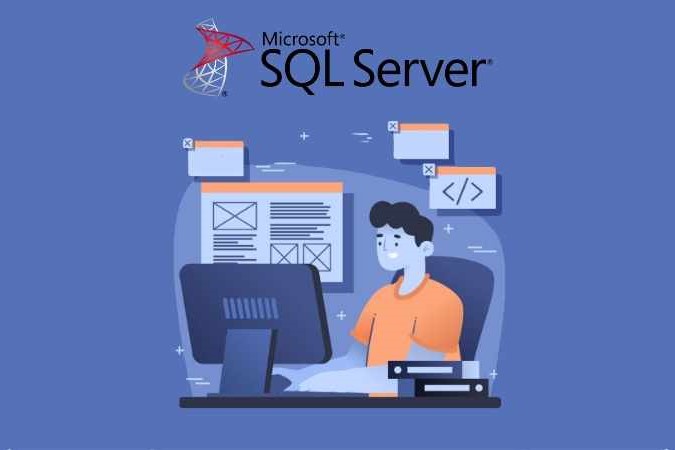Course Information
- Course Price $250
- Total Students 800+
- Course Duration 4 Weeks
Description
VB.Net is built on top of the .Net framework as per the .NET technologies developed by Microsoft Corporation. As per Microsoft, VB.Net was reengineered, in contrary to being released as VB 6.0, with extra features. This is for the purpose of facilitating basic changes to the language. VB .Net is the first entirely object-oriented programming version of the powerful Visual Basic. It supports OOPs concepts including inheritance, abstraction, aggregation and polymorphism.
VB.Net gained influence from BASIC and Visual programming languages. Their features were regarded as a base to build VB.Net. VB.net supports total object-oriented concepts. A standard library, generics, events and properties, indexers, assembly features, multithreading, automated garbage collection etc., are the powerful features associated with VB. Net.
Benefits
- You can develop several applications on top of .Net framework using VB.Net programming. These include web services, web applications, windows applications etc. VB.net can be utilized with any of the programming languages including C, C++, COBOL, C# or JScript etc. The programming code of VB.Net can be formed by applying any of the Integrated Development Environments including Visual Web Developer, Visual Basic Express, Visual Studio etc. The compilation and execution related to the VB .Net programs can be performed easily in any of the above-mentioned IDEs.
- VB.Net is completely object-oriented. This is a great addition that VB6 and other previously released didn’t consist of.
- VB.Net handles pointers in an indirect manner. This offers less chances of instability in the produced application. Produced applications have the capability of being more secure and stable.
- VB.Net offers controlled code execution that initiates under the Common Language Runtime, thereby leading to powerful, stable and secure applications. Every feature of the .Net framework is present in VB.Net.
- VB.Net utilizes XML to transfer data between the several layers in the DNA architecture. This means that data is passed by means of simple text strings.
- The CLR handles garbage collection. This gives comfort to the developer in finding ways to manage memory.
Syllabus
- Why .Net
- Introduction to .Net framework
- Basic functionality of CLR
- MSIL
- CTS & CLSÿ .Net languages
- System Requirements
- Features of VB.NET
- Writing programmes in VB.NET
- Compiling and Executing from
- Command prompt
- Intro to Assemblies and Namespace
- Base class libraries
- Data types
- Option statements
- Boxing and Unboxing
- Array
- Sub programmes
- VS 6.0 VS VS.NET
- File structure created for VS.NET APP
- Types of projects
- Creating Demo Console App
- Principles of OOP
- Structure VS Class
- Access Specifiers
- Properties
- Method Overloading
- Constructors
- Shared Modifier
- Inheritance
- Overloading and Overriding
- My base Keyboard
- Shadowing
- Abstract class
- Sealed class
- Interface
- Polymorphism
- Early Binding and Late Binding
- Destructor & Garbage Collector
- Introduction to system WINDOWS, Form, DLL
- Basic controls rich and Event driven programming
- Advanced controls Rich text box, Dialog
- Boxes, Toolbar…
- Working with context menu
- Main menu and MDI form
- Visual Inheritance
- Introduction to COM Architecture
- Disadvantages of COM
- Introduction to Assembly
- Private Assembly vs. Shared Assembly
- Creating private Assembly
- Probing and Preparing Configuration file
- Strong name utility
- Creating shared Assembly
- CLR Architecture
- Native Generator utilityÿ Assembly Versioning
- Compatibility of Assembly
- Configuring file for sharing Assembly
- Introduction to Data Access Libraries DAO
- RDO and ADO
- Draw Back of ADO
- ADO.NET managed Data providers
- Introduction to system.Data.Oledb
- Data Reader
- Introduction to system.Data.SQLclient
- Preparing Statement
- Transaction handling
- Introduction to system.Data.Oracleclient
- Dataset and Data adapter
- Data Binding
- Data grid Programming
- Data View
- Data Relation
- Introduction to Delegate concept
- Event Handling Arch with Delegate
- Handles, Add Handler and Remove Handler
- Thread Class
- Sleep, Suspend and Resuming Thread
- Asynchronous Connection
- Synchronization of Threads
- Introduction to monolithic, 2 Tier and 3 Tier Arch
- Introduction to DCOM
- Disadvantages Of DCOM
- Introduction to remoting
- TCP and HTTP Channels
- Serialization and Deserialization with Binary Formatter and SOAP Formatter
- Activation Modes Server Activated and client Activated
- Server Activated (Single call and singleton)
- Remoting Architecture
- System. Runtime. Remoting. DLL
- Apps for server Activated and client Activated
- Creating custom control extending existing control
- Creating custom control grouping existing controls
- Creating custom control extending
- Creating Achiex DLL using VB 6.0
- Managed code and Unmanaged code
- Using Achiex DLL in VB.NET APP
- TLBIMP Utility
- RCW
- Using .NET Assembly in VB 6.0 App
- CCW
- TLBExp and Regasm UtilitiesCrystal reports
- Introduction to service App
- System. Service process
- Service Base Class
- Service Installer and Service
- Process installer
- Register Data Base of Services
- Install util utility
- SCM & SCP
- Resource file creation





